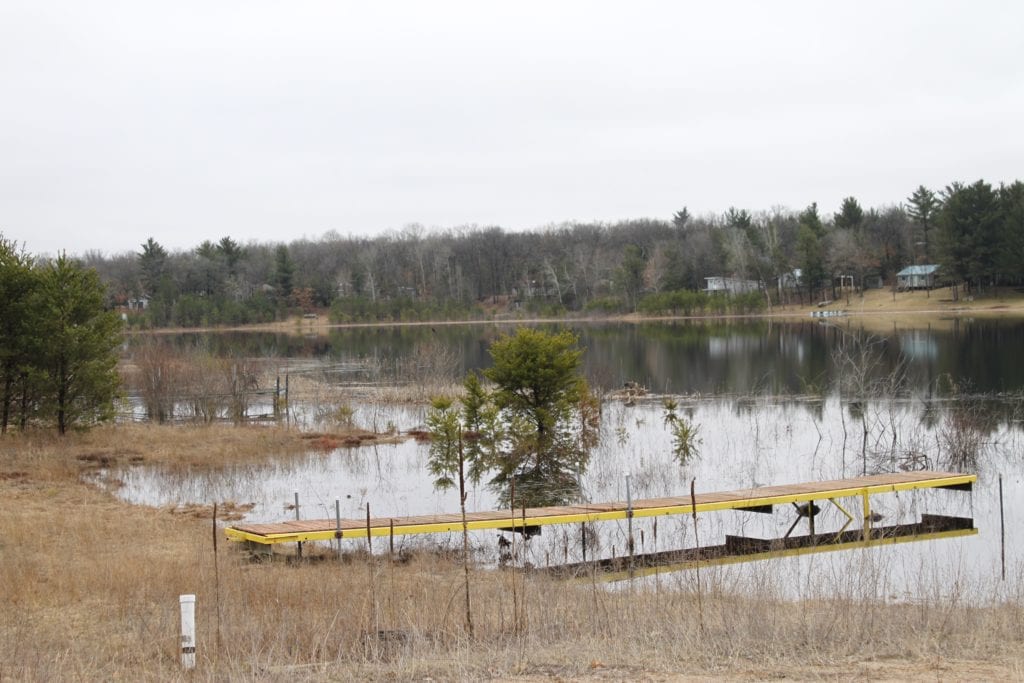Decisions on water use and high-cap wells should be based on science, not emotion
By Joe Kertzman, Managing Editor, Badger Common’Tater

It’s time to look at lake levels, especially on the eve of Gov. Scott Walker likely signing into law SB 76, legislation allowing high-capacity well owners to repair, replace, reconstruct and transfer ownership of previously approved wells without additional Department of Natural Resources (DNR) approval (see “Now News” this issue).
Lakes are subject to fluctuation from year to year. Groundwater flow-through lakes are relatively common in the Central Sands region of Wisconsin and have neither inflow nor outflow streams.
A 1978 study published by the Wisconsin Geologic and Natural History Survey indicated that water levels could vary up to about 10 feet on flow-through lakes in Wisconsin over the period of study.
“An example of lake level fluctuation has been observed on Long Lake, located near Plainfield, where water levels have risen several feet in recent years, as shown in an accompanying photograph,” says Wisconsin Potato & Vegetable Growers Association (WPVGA) Executive Director Tamas Houlihan.
“The rise in water levels in Long and other flow-through lakes is likely the result of climate changes and careful and improved water management by the agricultural community,” Houlihan adds.
Gary Woyak, of Taterland Farms, Inc., in Plainfield, says he was tired of seeing the same picture running several times in the Stevens Point Journal of a dock in Plainfield Lake that had grass under it, with the far end of the dock not quite reaching the edge of the water.
The image illustrates a low water level on Plainfield Lake, and implies or explicitly states (depending on the article) that the cause is high-capacity well irrigation.


